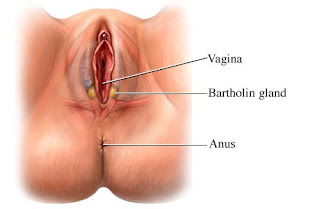Toxic shock syndrome (TSS)

Toxic shock syndrome (TSS) Description Toxic shock syndrome (TSS) is a more severe complication syndrome due to staph infections. It is a systemic illness which means it affects the whole body caused by the two types of bacteria called Staphylococcus aureus and Streptococcus pyogenes . Usually, these bacterial species produce toxins which may not be confronted by some bodies. The reactions associated with this toxins produce symptoms in the host body. The two bacterias live without any harmless in the nose, skin, and mouth but in the case of deeper penetration, they tend to deteriorate the skin tissues and affect the organs from working properly. Pathophysiology of TSS The Streptococcus aureus invades the body through open wounds, the vagina, localized infections or burns, and the throat. They produce a range of protein exotoxins that are key factors for the TSS pathogenesis. Once they enter the systemic circulation and spreads to all the organs....



